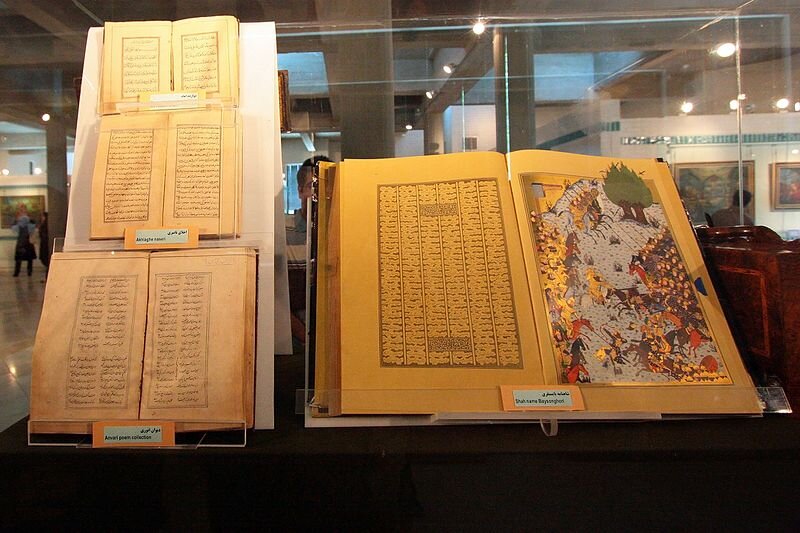Iranian museums to showcase rarely-seen objects in new year vacations

TEHRAN - Iranian museums consider showcasing collections of their rarely-seen objects during the two-week Noruz (new year) vacations, which begin on March 21.
“We proposed countrywide museums to display their rarely-seen objects as well as old manuscripts including copies of Shahnameh (the epic magnum opus of Persian poet Ferdowsi) during Noruz vocations,” Morteza Adibzadeh, the director of museums and historical properties, said on Tuesday.
Iran is home to one of the world’s oldest continuous major civilizations, embracing settlements dating back to 4000 BC. It also hosts some of the world’s oldest cultural monuments including bazaars, museums, mosques, bridges, bathhouses, madrasas, gardens, rich natural, rural landscapes as well as 26 UNESCO World Heritage sites.
The name of Iran, formerly known as Persia, mostly conjures up the first Persian Empire, ruled by the Achaemenids (ca. 550 – 330 BC) and sites such as Pasargadae and Persepolis. However, there are tens of prehistorical sites as the Burnt City in Sistan-Baluchestan, Tepe Sialk in Kashan, Susa, and Chogha Zanbil in the Khuzestan province, and Ecbatana in Hamedan which predate the Achaemenid period.
From a wider point of view, Iranian history can be divided into Pre-Islamic and Islamic eras. The Medes unified Iran as a nation and empire in 625 BC. The Islamic conquest of Persia (633–656) that put an end to the mighty Sassanid Empire (224–651) was a turning point in the history of the nation.
Iranians traditionally make hundreds of thousands of domestic trips during Noruz holidays, when most businesses and workplaces are closed, as are schools.
AFM
Leave a Comment